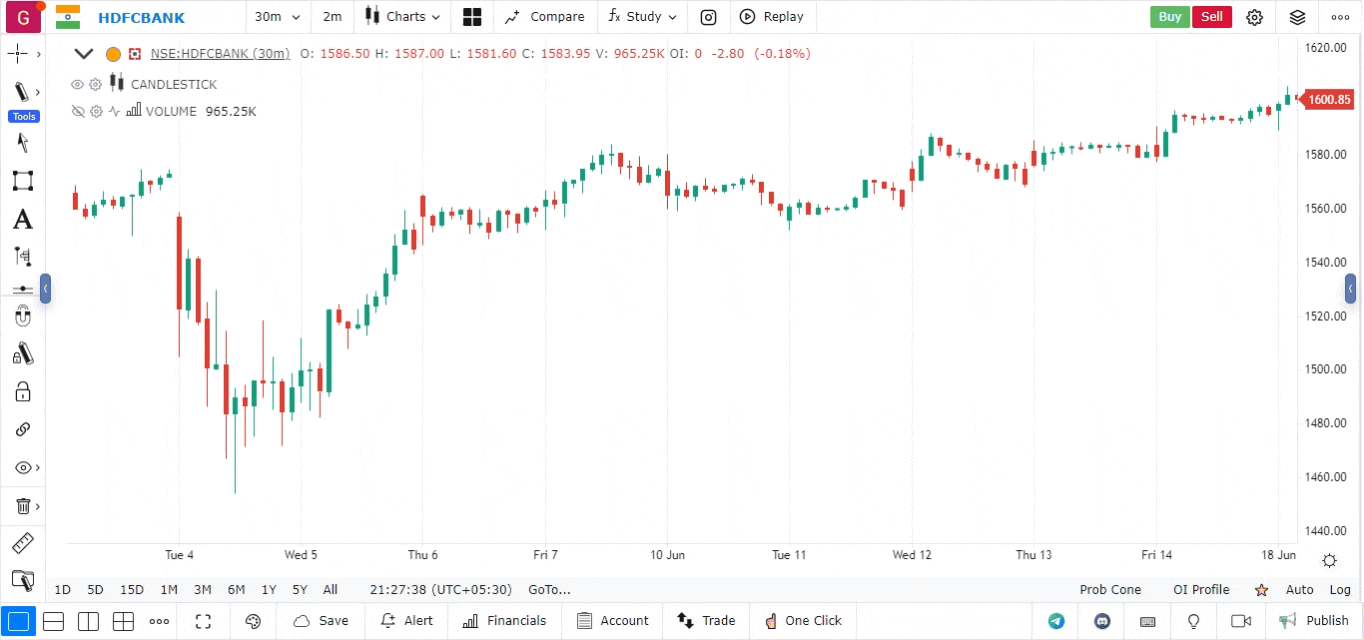Disparity Index
The Disparity Index is a technical analysis indicator that measures the difference between a security’s current price and a moving average of that price. It expresses this difference as a percentage, providing traders with insights into the price’s deviation from its average value. The Disparity Index helps identify overbought or oversold conditions, enabling traders to make more informed decisions about market entry and exit points.
Overview of the Disparity Index
The Disparity Index can indicate when an asset is trading above or below its historical average. A high positive value indicates that the price is significantly above the moving average, suggesting overbought conditions, while a low or negative value indicates that the price is below the moving average, suggesting oversold conditions.
Key Features of the Disparity Index
- Trend Analysis: The Disparity Index provides insights into the strength of the current trend relative to its average, helping traders assess market momentum.
- Overbought/Oversold Signals: By comparing the current price to a moving average, the indicator highlights potential reversal points, indicating when the market may be overextended.
- Customizable Settings: Traders can adjust the period of the moving average used in the Disparity Index calculation to tailor it to their specific trading strategies.
How to Use the Disparity Index
-
Open the platform:
- Log in to your account.
- Load the chart for the asset you want to analyze.
-
Select the Timeframe:
- Choose a suitable timeframe that aligns with your trading strategy (e.g., daily, hourly).
-
Add the Disparity Index Indicator:
- Go to the Indicators section in the interface.
- Search for Disparity Index.
- Click to add the indicator to your chart.

-
Interpret the Indicator:
- The Disparity Index will appear as a line plotted on your chart, typically oscillating around the zero line.
- Positive values indicate that the current price is above the moving average, while negative values suggest it is below.
-
Make Trading Decisions:
- Buy Signal: When the Disparity Index moves into oversold territory (negative values), it may indicate a potential buying opportunity as the price could be due for a correction upward.
- Sell Signal: When the Disparity Index moves into overbought territory (positive values), it may suggest a potential selling opportunity as the price could be overextended.
-
Combine with Other Indicators:
- Use the Disparity Index alongside other technical indicators (like the Relative Strength Index or Moving Averages) for better confirmation of trading signals.